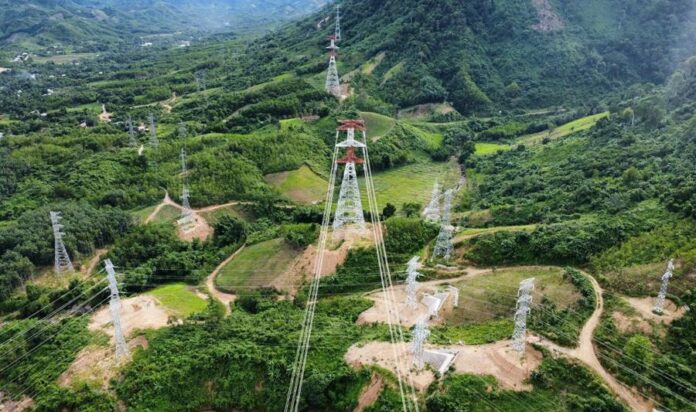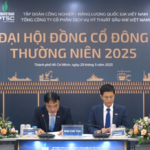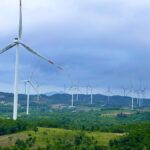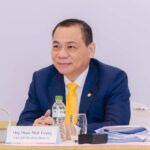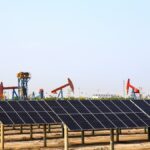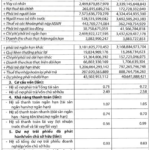The Ministry of Industry and Trade has just issued Decision No. 1509/QD-BCT dated May 30, 2025, approving the Plan for implementing the Master Plan for National Power Development for the period of 2021 – 2030, with a vision to 2050 (amended Power Development Plan 8). The Decision sets out a clear roadmap for the development of power sources and grids and assigns specific tasks.
The Plan is elaborated to concretize the Prime Minister’s Decision No. 768/QD-TTg dated April 15, 2025, aiming to meet the power demand for socio-economic development in each period and ensure that power development stays one step ahead.
TOTAL CAPACITY OF POWER SOURCES WILL INCREASE SIGNIFICANTLY
According to the Plan, by 2030, the total capacity of LNG power will reach 22,524 MW, domestic gas power will be 14,930 MW, coal-fired power will amount to 31,055 MW, hydropower will range between 33,294 and 34,667 MW, solar power will vary from 46,459 to 73,416 MW, and onshore wind power will be in the range of 26,066 – 38,029 MW. The target for offshore wind power to meet domestic demand is set at 6,000 MW by 2030 and will increase to 17,032 MW by 2035.
For the Ninh Thuan 1 and 2 nuclear power plants, each with an expected capacity of 2,000 to 3,200 MW, they are planned to be operational in the period of 2030 – 2035.
Biomass, waste, and excess heat from industrial processes are also encouraged with a total biomass power capacity of 1,523 – 2,699 MW, and power production from waste and solid waste ranging from 1,441 to 2,137 MW.
By 2030, the total capacity of energy storage batteries is expected to reach approximately 10,000 – 16,300 MW. The development of centralized solar power must be combined with the installation of energy storage batteries with a minimum capacity of 10% and storage duration of 2 hours.
BOOSTING ELECTRICITY IMPORT AND EXPORT
Along with the strong development of domestic power sources, the amended Power Development Plan 8 also sets out strategic orientations related to electricity import and export within the ASEAN region and the Greater Mekong Subregion.
Accordingly, Vietnam will boost electricity imports from countries with high hydropower potential. By 2030, the total import capacity from Laos is expected to reach approximately 9,360 – 12,100 MW, based on bilateral cooperation agreements between the two governments. Vietnam will also take advantage of the opportunity to import electricity from China in a reasonable scale, provided that the conditions for grid connection are favorable. If conditions permit and the cost is reasonable, it is possible to increase the maximum scale or advance the time of electricity import from Laos to the northern region.
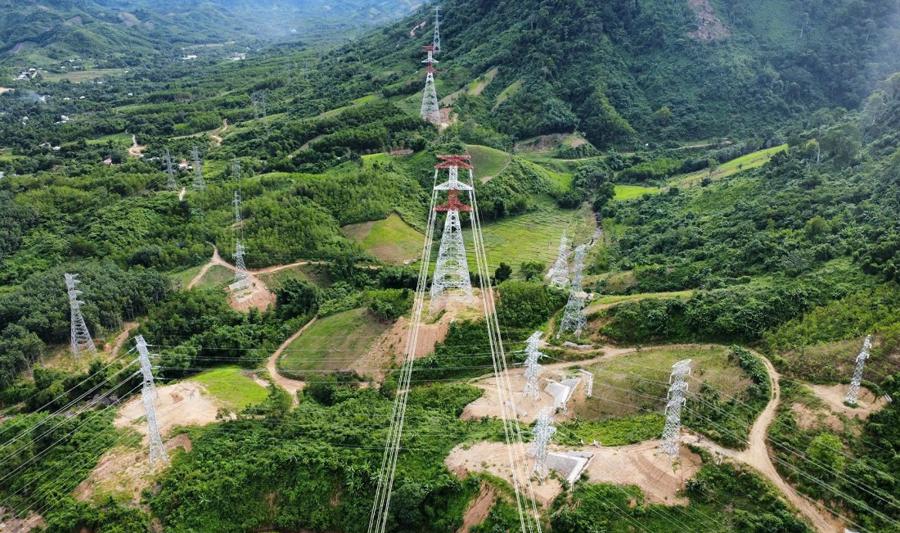
In the opposite direction, electricity export is also identified as a new spearhead in regional economic cooperation. By 2030, Vietnam aims to increase the scale of electricity export to Cambodia to about 400 MW.
By 2035, the capacity of electricity export to potential markets such as Singapore, Malaysia, and some other partners in the region can reach 5,000 – 10,000 MW and maintain a minimum scale of 10,000 MW by 2050. This export level can be adjusted higher depending on the actual demand of the importing side, on the principle of ensuring economic efficiency, national energy security, and national defense and security.
To serve electricity export and new energy production, the Ministry of Industry and Trade has identified potential areas in the central and southern regions, with an export scale of 5,000 MW to 10,000 MW.
Using renewable energy to produce new types of energy (such as green hydrogen, green ammonia) to serve domestic needs and export: Priority will be given to areas with good renewable energy potential and favorable grid infrastructure. The development scale strives for 15,000 MW (mainly from offshore wind power).
The Ministry of Industry and Trade will submit to the competent authorities for consideration the policy of exporting electricity according to specific projects, ensuring compliance with current legal regulations.
INVESTING IN POWER GRIDS FOR DISADVANTAGED AREAS NATIONWIDE
According to the Plan, about 911,400 households in 14,676 villages belonging to 3,099 communes nationwide will be provided with electricity through the national grid or renewable energy sources.
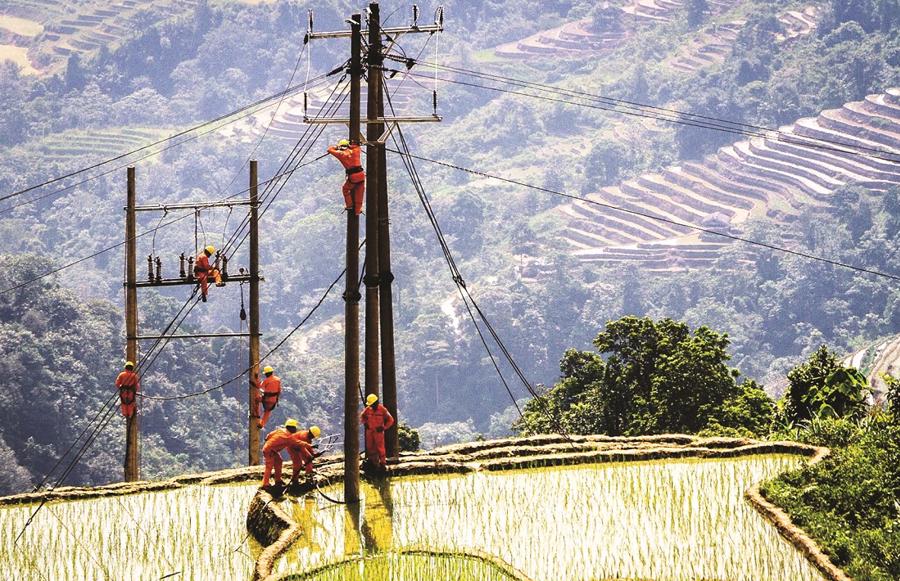
Of these, there are about 160,000 households without electricity and 751,400 households in need of renovation) from 14,676 villages in 3,099 communes, of which 1,075 communes are in border and particularly difficult areas in 43 provinces, including Dien Bien, Lao Cai, Yen Bai, Ha Giang, Bac Giang, Son La, Hoa Binh, Phu Tho, Tuyen Quang, Thai Nguyen, Thanh Hoa, Ha Tinh, Quang Binh, Quang Nam, Quang Ngai, Kon Tum, Dak Nong, Dak Lak, Bac Lieu, An Giang, Can Tho, Cao Bang, Lai Chau, Bac Kan, Lang Son, Nghe An, Hue, Binh Dinh, Phu Yen, Gia Lai, Lam Dong, Binh Thuan, Binh Phuoc, Tay Ninh, Ben Tre, Tra Vinh, Kien Giang, Soc Trang, Long An, Tien Giang, Vinh Long, Dong Thap, Hau Giang, and Ca Mau. The remaining areas include 2,024 communes.
In addition to serving daily life, the program also aims to provide electricity to 2,478 medium and small pump stations (in 13 provinces) in the Mekong Delta region, including Ben Tre, Tra Vinh, An Giang, Kien Giang, Can Tho, Bac Lieu, Soc Trang, Long An, Tien Giang, Vinh Long, Dong Thap, Hau Giang, and Ca Mau, in combination with providing electricity to the people.
Provide electricity from the national grid or renewable energy sources to the remaining islands: Con Co Island in Quang Tri Province; Tho Chau and An Son – Nam Du Islands in Kien Giang Province; and Con Dao District in Ba Ria – Vung Tau Province.
FORMING RENEWABLE ENERGY INDUSTRIAL CENTERS
The Ministry of Industry and Trade proposes to build two inter-regional renewable energy industrial and service centers.
Accordingly, the northern center will be located in such localities as Hai Phong, Quang Ninh, and Thai Binh, with the possibility of expanding to neighboring areas in the future. This center will include factories manufacturing equipment for wind and solar power, logistics services, and specialized ports supporting the construction, operation, and maintenance of renewable energy projects.
In addition, there will be green industrial parks with low carbon emissions and research and training institutions for specialized human resources in the field of clean energy.
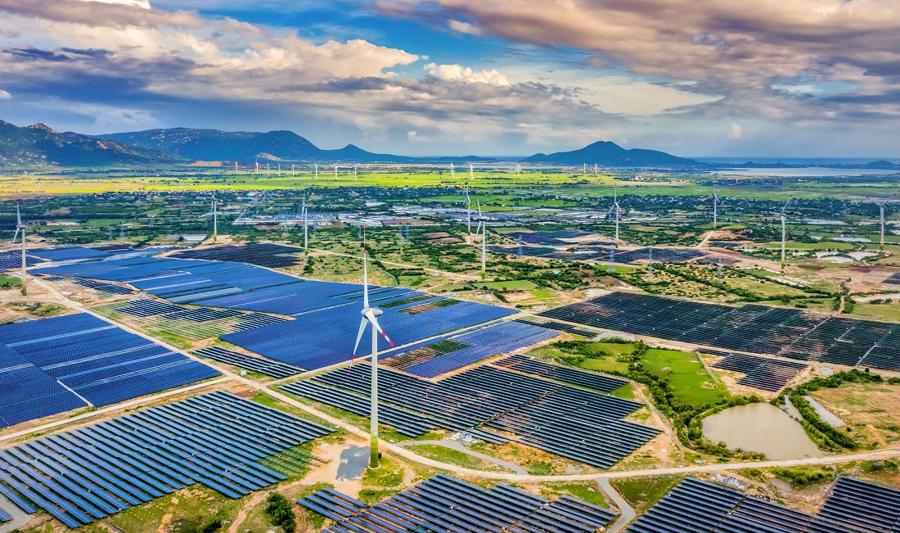
Similarly, the southern center is expected to be located in Ninh Thuan, Binh Thuan, Ba Ria – Vung Tau, and Ho Chi Minh City, which have outstanding potential in wind and solar power and port infrastructure. The development model here is similar to that of the northern center, aiming to build a complete value chain for the renewable energy industry in the South.
EVN PLAYS A KEY ROLE IN ENSURING SAFE AND STABLE POWER SUPPLY
The organization and implementation are assigned specifically to each ministry, sector, locality, and key enterprise in the energy industry.
Accordingly, the Ministry of Finance will coordinate with the Ministry of Industry and Trade to build electricity pricing policies in accordance with market mechanisms and financial mechanisms and incentives to support the implementation of the Master Plan.
Ministries and sectors proactively propose policies and remove obstacles. People’s Committees of provinces and cities shall update planning, allocate land, carry out site clearance, and monitor project progress.
Specialized units under the Ministry of Industry and Trade shall regularly inspect and supervise the implementation of power source and grid projects, propose solutions for projects that are behind schedule, closely monitor the supply of fuel for power generation, especially gas and coal, and urge the progress of building infrastructure to receive LNG. They shall also pay attention to promoting energy conservation and preparing a draft amendment to the Law on Energy Conservation and Efficient Use.
In the business group, the Vietnam Electricity Group (EVN) plays a key role in ensuring a safe and stable power supply. EVN is responsible for implementing the assigned power source and transmission grid projects, reviewing the balance of electricity supply and demand across the system, and coordinating with localities to remove obstacles related to land and grid connection. EVN must improve labor productivity, save costs, and promote governance innovation to reduce electricity prices. The Group will be held accountable if projects fall behind schedule, affecting power supply security.
The Vietnam National Oil and Gas Group (PVN) will focus on exploring and exploiting new gas fields such as Lot B, Blue Whale, and Ken Bau, as well as building infrastructure, ports, and gas systems to serve LNG imports. At the same time, it will play a key role in implementing offshore wind power projects and gas-fired power projects when conditions permit.
The Vietnam National Coal and Mineral Industries Group (Vinacomin) and the Northeast Corporation are responsible for ensuring coal supply for power generation. Along with improving domestic production capacity and implementing assigned power projects, they will need to expand cooperation internationally.
“Offshore Wind Power: Unlocking Decades of Revenue Potential”
The Annual General Meeting of the Vietnam Petroleum Technical Services Joint Stock Corporation (PTSC) revealed an exciting initiative on May 29. PTSC is currently developing a large-scale offshore wind power complex, with ambitions to supply electricity from Vietnam to Singapore and Malaysia. This venture is estimated to surpass a staggering $10 billion in total investment.
Deploy Synchronized Solutions to Achieve Renewable Energy Growth as per the Power Development Plan VIII
The transition to green energy is a challenging journey that demands a collective vision and commitment from governments, businesses, citizens, and the global community. It requires a unified effort to pave the way for a sustainable future, where we can harness the power of renewable sources and secure a cleaner, greener tomorrow. This journey is not without its obstacles, but with dedication and collaboration, we can overcome these hurdles and forge a path toward a brighter, more sustainable world.
The Next ‘Electrostates’: A Country Poised to Leave the US and EU in the Dust.
The race to become a leading electrostates is on, and one nation is surging ahead, leaving the US and the EU in its wake.

